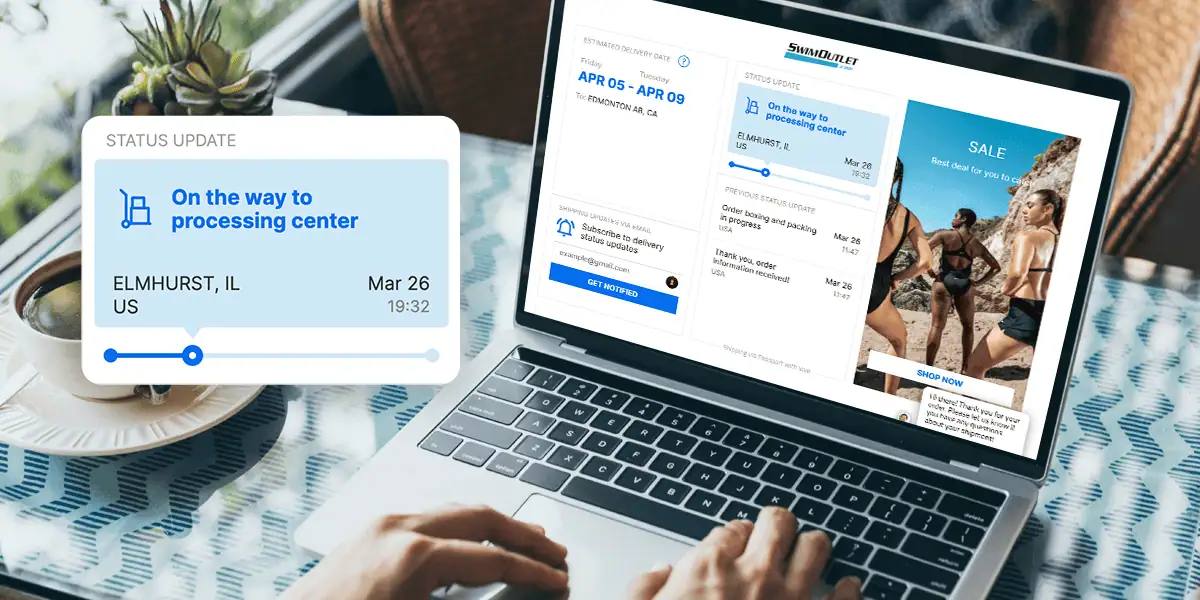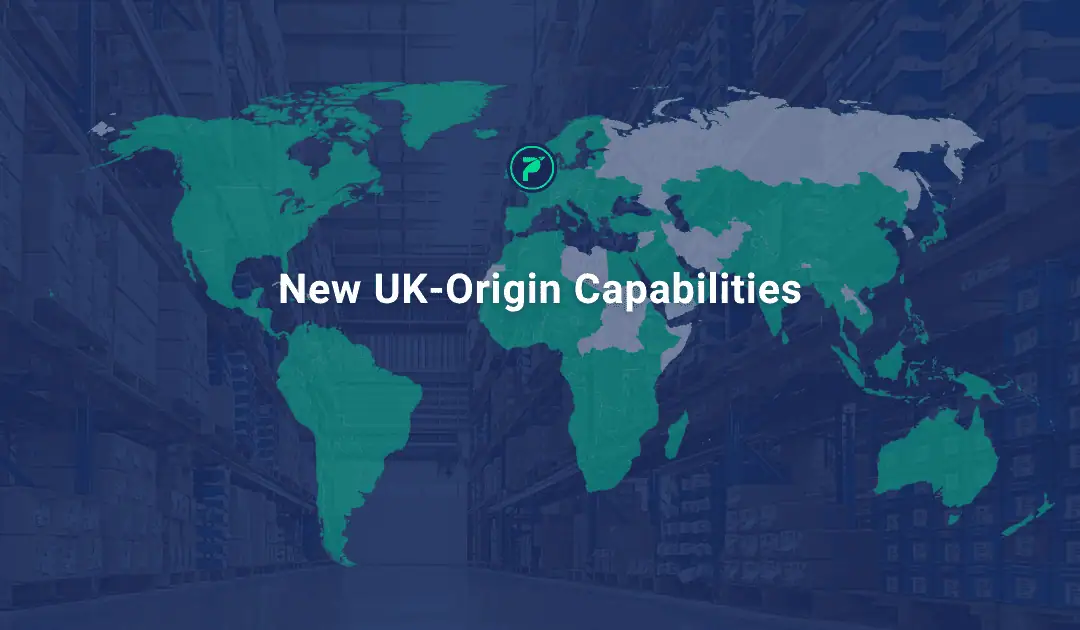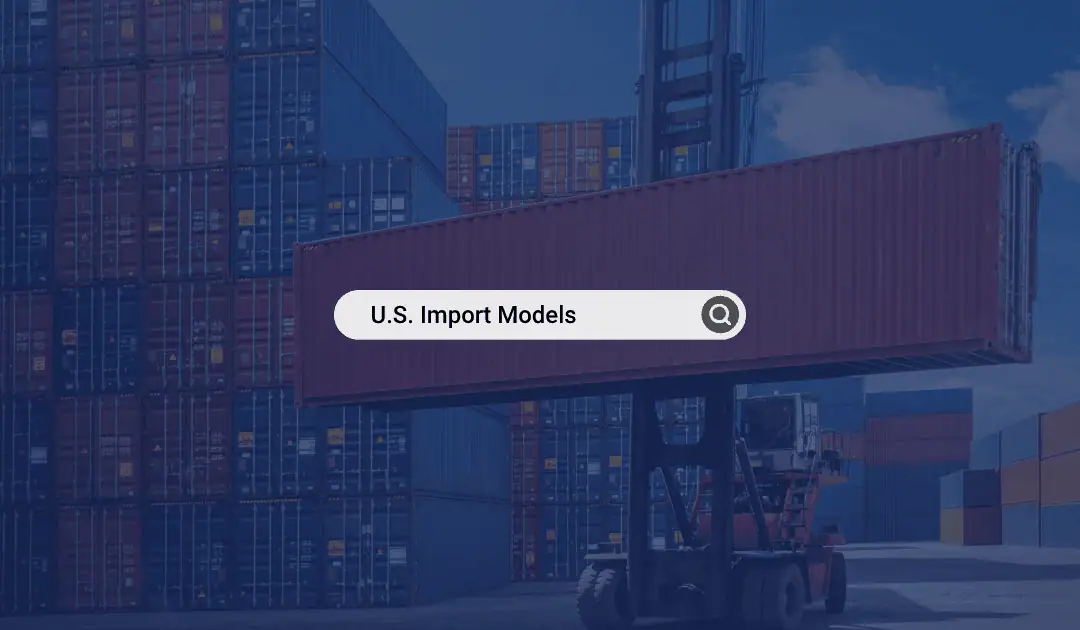Shipping plays a critical role in the last step of a customer’s shopping experience in global ecommerce, with costs and delivery speed significantly influencing purchase decisions. Despite the complexities of cross-border logistics, crafting an international shipping pricing strategy that aligns with your business goals and meets customer expectations is essential for long-term success. In this article, we’ll share various effective strategies to help your brand turn potential cart abandonments into completed sales.
Selecting DDU vs. DDP Service Levels
One of the first considerations when developing an international shipping pricing strategy is deciding whether to utilize delivered duty unpaid (DDU) or delivered duty paid (DDP) service levels. Both DDU and DDP shipping come with their own set of pros and cons, impacting cost, control, and overall consumer satisfaction.
Delivered Duty Unpaid (DDU)
When shipping DDU, a customer initially only pays for the shipping costs at checkout. Then, they must settle any assessed duties, taxes, and customs clearance fees upon importation to receive their package. Some carriers will hold the shipment until all charges are paid, while others will collect the fees upon delivery. Oftentimes, delays in payment can lead to orders being held at customs or returned undelivered. It’s crucial for sellers to clearly communicate with buyers when using DDU billing terms to avoid unexpected costs or customs holds.
Why merchants may choose to use DDU shipping:
- Offer lower initial costs to customers
- Shipping lower-value products to countries with negligible import duties/taxes
- Avoid calculating and collecting import duties/taxes
Delivered Duty Paid (DDP)
With DDP shipping, consumers pay for shipping as well as any applicable duties and taxes at the point of sale. This streamlined approach means that the seller assumes all responsibilities and expenses associated with transporting goods right to the buyer’s doorstep – including the settlement of import duties, taxes, and other related charges. While upfront costs may be higher for customers, shipping under DDP billing terms ensures a more seamless delivery experience and eliminates any surprise fees or potential holdups. Keep in mind, that sellers utilizing DDP shipping should have a solid understanding of the import regulations and tax requirements of their target markets to properly manage the additional responsibilities and costs.
Advantages of DDP shipping:
- Enhanced customer experience by eliminating unexpected costs and delays
- Facilitate a smoother delivery and ensure compliance with greater control over customs processes
- Transparent, upfront pricing fosters trust and reliability in your brand
Selecting DDU vs. DDP ultimately depends on several factors, such as the type and value of your products, as well as the customer experience you want to deliver. While DDU may seem simpler and less expensive upfront, DDP is often favored for its ability to provide a superior customer experience. Collaborating with a knowledgeable shipping partner can help you evaluate each option and choose the one that best aligns with your brand’s requirements.
International Shipping Pricing Strategy Options
After determining your service levels, the next step is to choose an appropriate pricing structure for managing shipping costs. Below are several international shipping pricing strategies to consider:
- Live Rates are real-time shipping costs calculated based on the destination country and package weight. By implementing live rates, you can seamlessly transfer shipping expenses to the customer by charging them exactly what your carrier bills you to ship the order. This approach ensures transparency and accuracy in shipping fees, aligning customer charges directly with actual carrier costs.
- Flat Rates provide brands with flexibility in how they present shipping costs to consumers. By opting for a flat shipping rate, merchants can either choose to include duties and taxes in the flat rate or calculate duties and taxes separately. It’s important to note that adopting a flat rate strategy doesn’t limit you to a single rate for all shipments. Instead, flat rates can be tiered around various factors, such as order value, weight, and geographic region.
- Free Shipping is a straightforward way to reduce cart abandonment and increase conversions. However, given that shipping costs can fluctuate significantly by destination and package weight, it’s worth evaluating whether to extend free shipping to all orders or only those above a certain value.
- Express shipping, typically offered as an expedited option for customers willing to pay a premium, can serve as a useful tool in your international shipping pricing strategy. When presented alongside other economical alternatives, the relative price difference makes your economy shipping options appear more palatable to consumers.

Choosing the Right International Shipping Strategy
Finding the right pricing strategy for international shipping can differ greatly from one brand to another. While some may find a single approach sufficient, others may need to blend two or more to meet their needs. The key is to make sure your chosen strategy is well-aligned with your main business goals to ensure it supports achieving those objectives.
Here are a few examples of common business goals:
- Enhancing conversion rates
- Increasing average order value
- Improving customer experience
- Expanding into new markets
If your aim is to boost conversions and your consumers favor affordability, offering free shipping could be a compelling incentive. Alternatively, if you’re looking to raise average order value, a mix of flat rate shipping for smaller purchases and free shipping for orders exceeding a specific value can motivate customers to buy more. Identifying your specific goals simplifies the process of choosing an effective international shipping pricing strategy.
How Passport Can Help
For brands looking to develop a robust shipping strategy, partnering with an experienced international solutions provider like Passport can offer invaluable insights. Our all-in-one internationalization solution, Passport Global, is specifically designed to simplify global selling for ecommerce. With features like localization, in-cart duty and tax calculation, and pricing optimization, you can not only customize shipping options, but also implement market-specific strategies to maximize conversions. Additionally, you’ll gain access to a growth advisor and hands-on compliance support. Whether you’re new to the global market or looking to streamline your international operations, Passport provides the tools and expertise you need to successfully expand across borders. To get started, reach out to the Passport team here.










